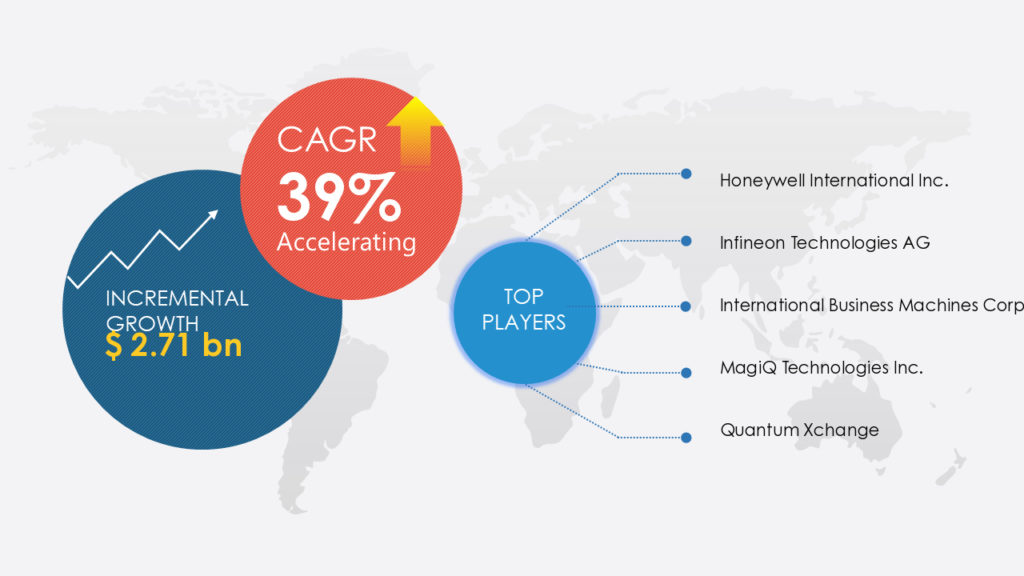Technavio has been monitoring the global Quantum Cryptography solutions market and it is expected to grow by USD 2.71 billion, accelerating at a CAGR of 39% during the forecast period. The growth trajectory of the market is traced through a detailed analysis of the prevalent market forces, trends, and drivers along with competitive benchmarking.
Cybersecurity to drive growth

Technavio says the extensive digitalization of organizations which will increase the number of critical processes coming online, making them vulnerable to hacking. This will trigger the growth of Quantum Cryptography Solutions.
Growing concerns about effective data security and privacy in quantum computing necessitate quantum cryptography, which allows businesses to encrypt data quickly and securely.
How it works
Quantum cryptography uses the multiple quantum states of photons and their no-change and no-cloning attributes to ensure that the keys are not cloned, interrupted, or corrupted during transmission.
The increasing need for quantum-safe systems will drive the growth of the global quantum cryptography solutions market during the forecast period. As the quantum era nears, cognizance about the inadequacy of traditional cryptography is growing.
The demand for effective data protection will increase in the quantum era. Conventional cryptography solutions are bound to fail due to the complexity and frequency of cyberattacks. As a result, advanced quantum cryptography solutions are required to ensure that data is future safe.
Competitive landscape

The market is concentrated due to the presence of a few players. The growth of the key players depends on several factors such as market conditions, government support, and industry development. To survive and succeed in such an intensely competitive market, players must distinguish their product and service offerings through clear and unique value propositions.
Honeywell International, Infineon Technologies, IBM, MagiQ Technologies, Quantum Xchange, Qubitekk, QuintessenceLabs, Raytheon, SK Telecom, and Toshiba are some of the major market participants.
To capture the opportunities, vendors should focus more on the growth prospects in the fast-growing segments, while maintaining their position in the slow-growing segments.





